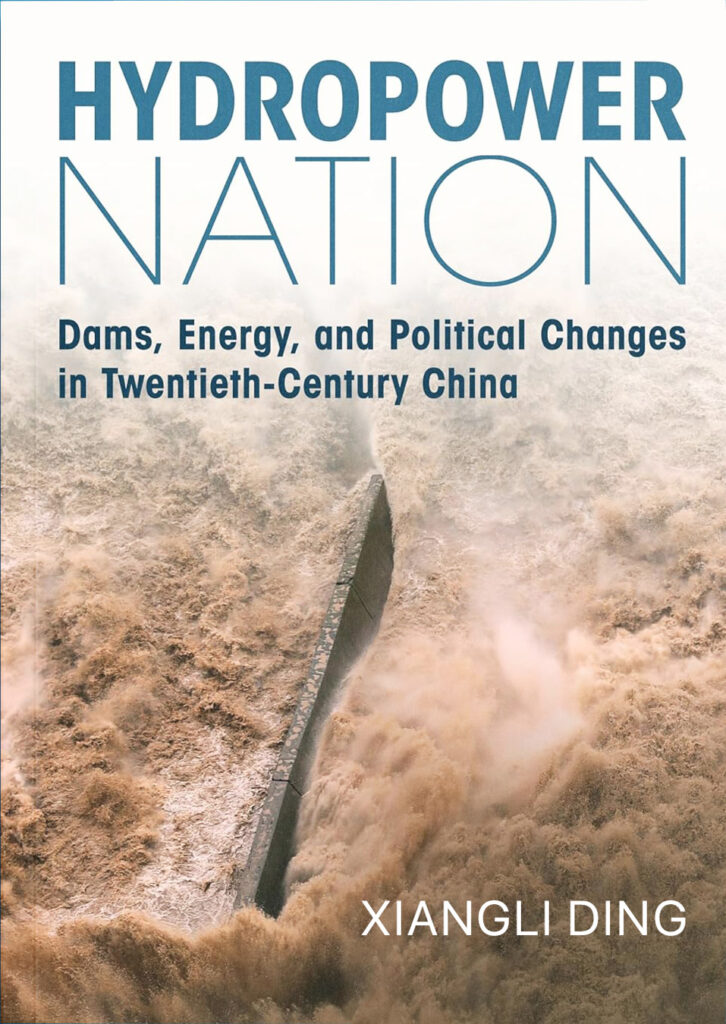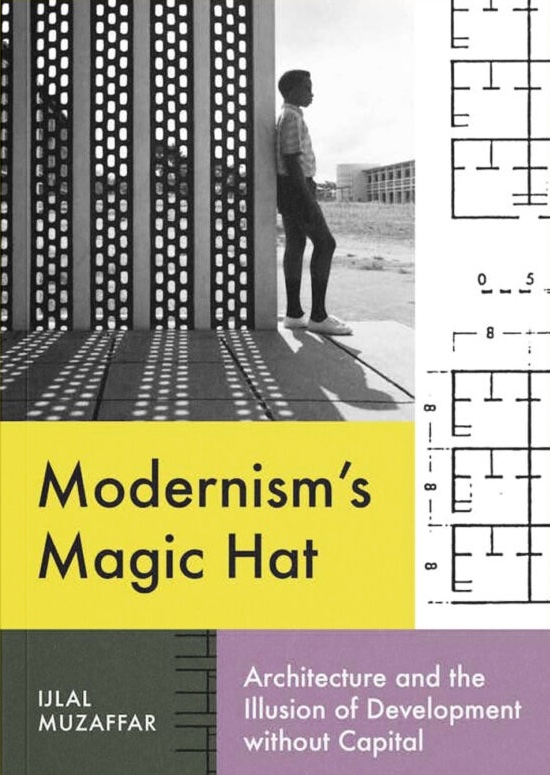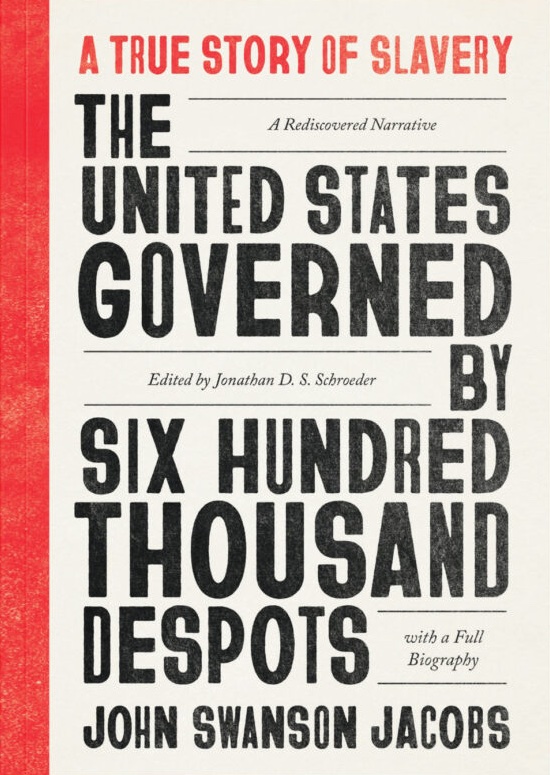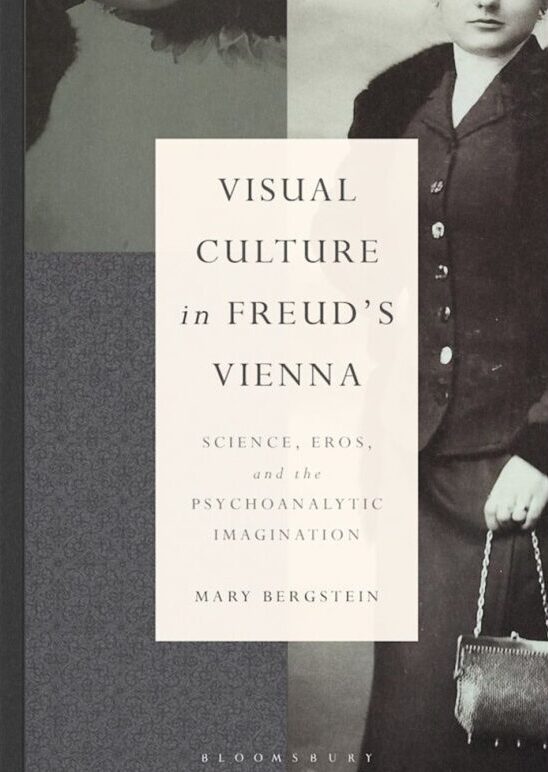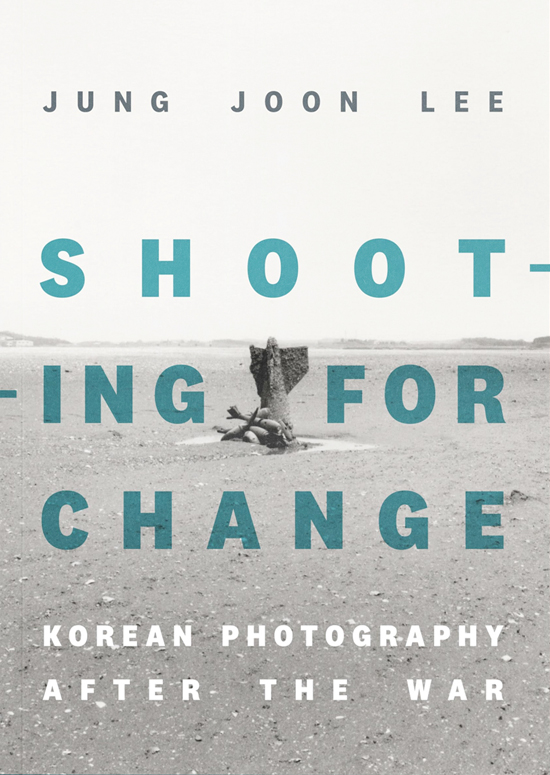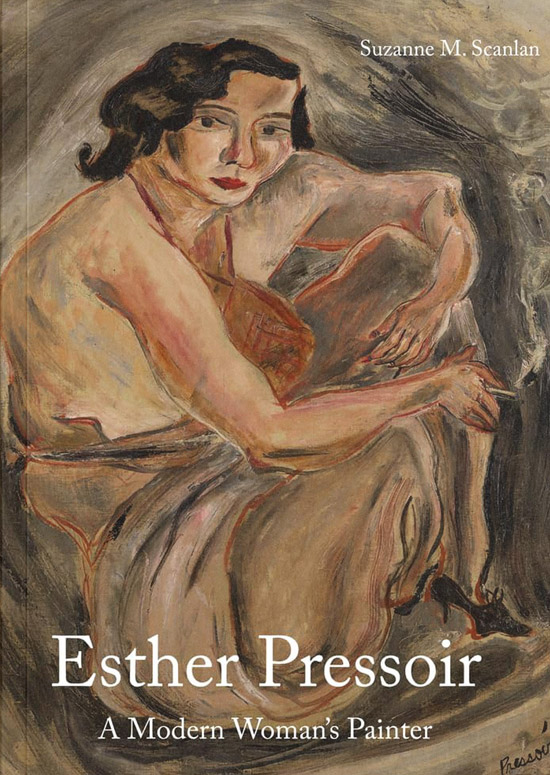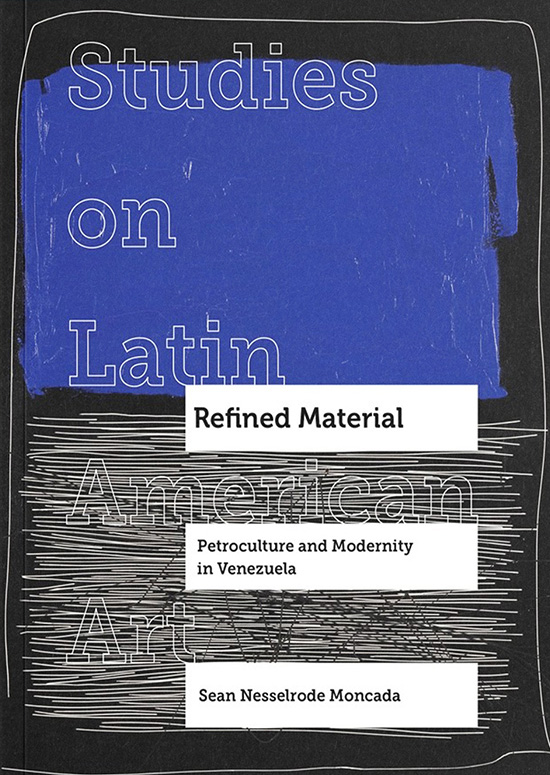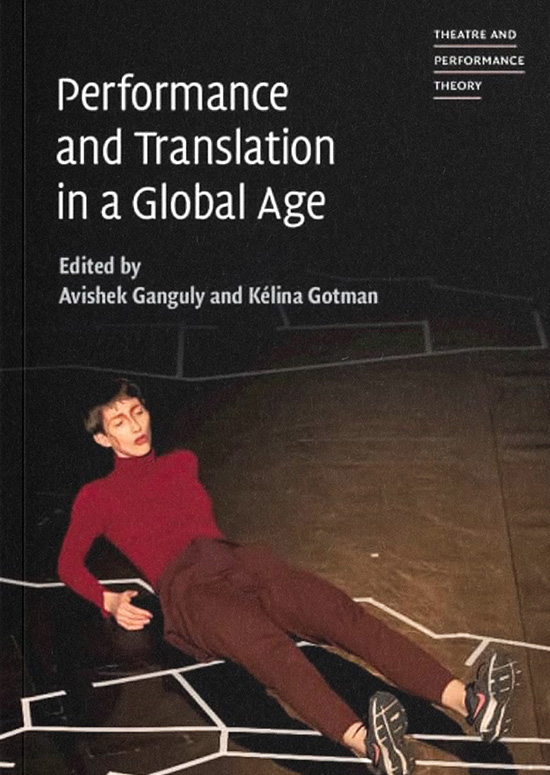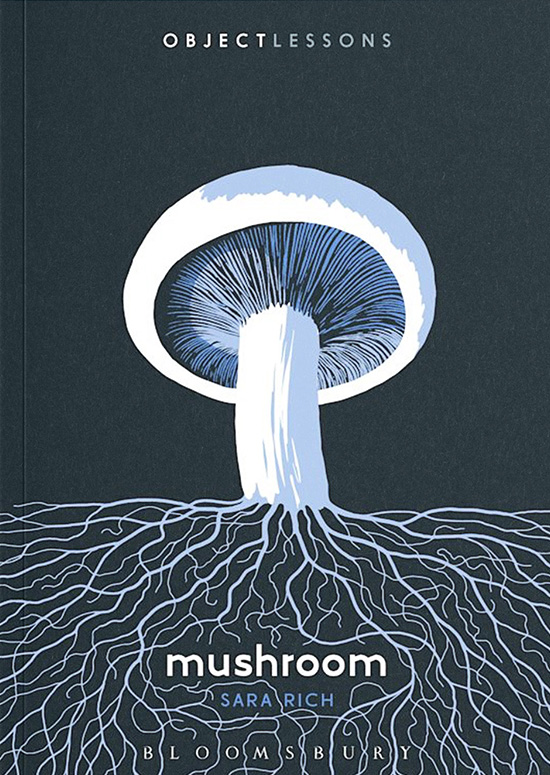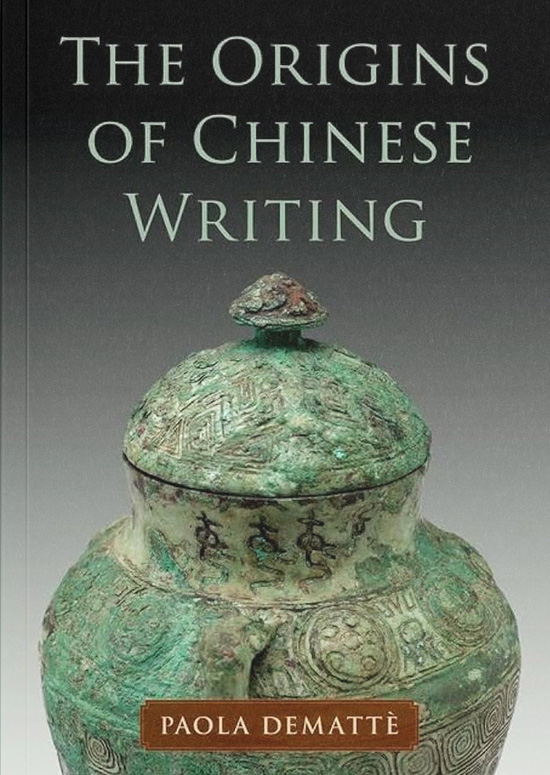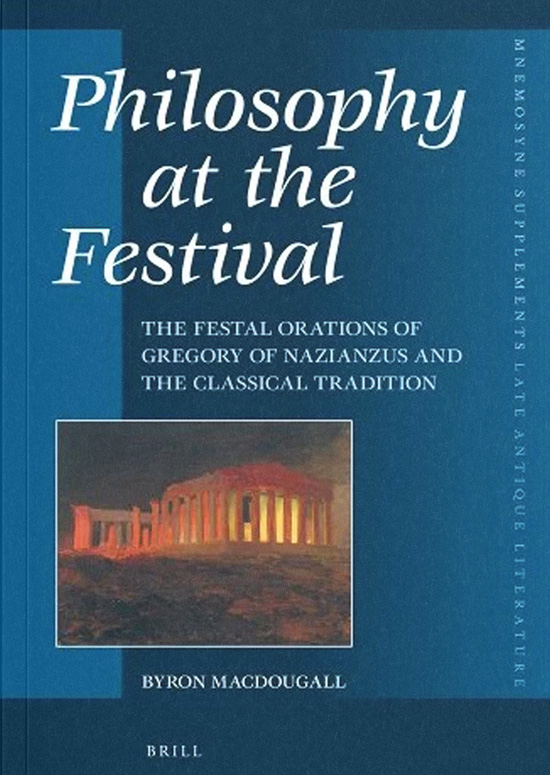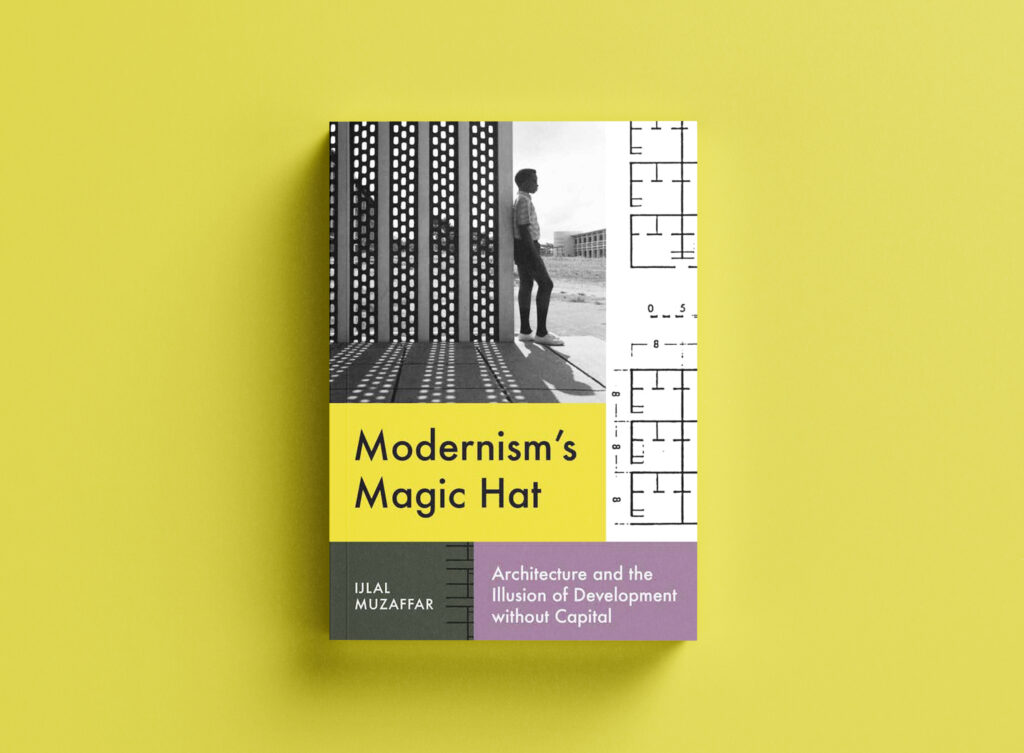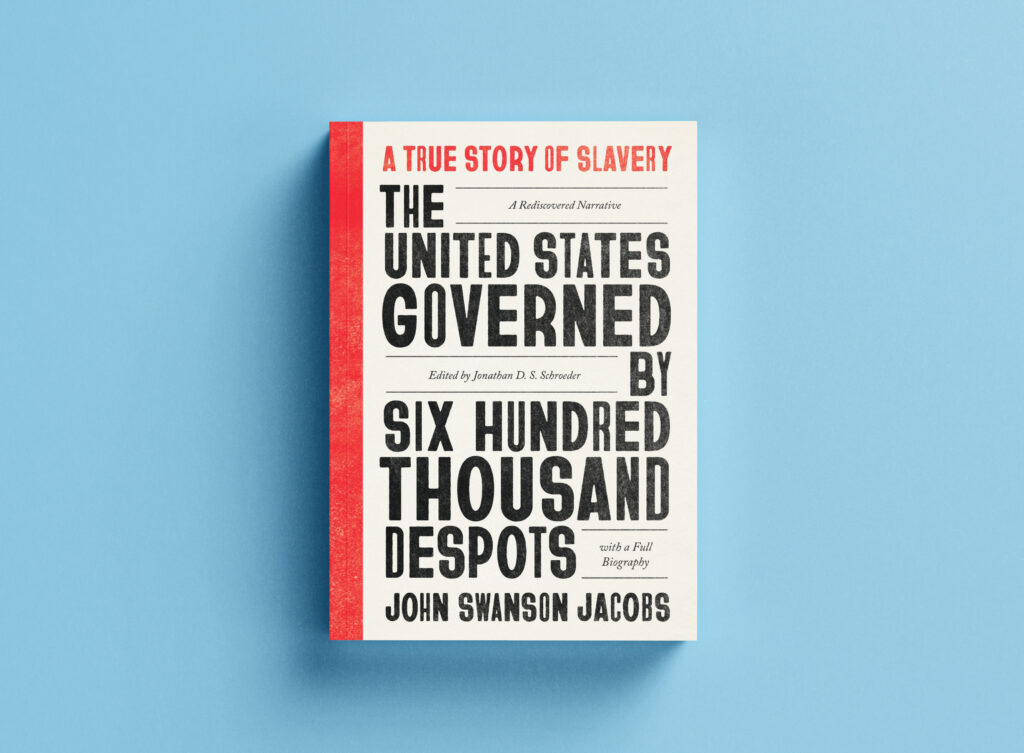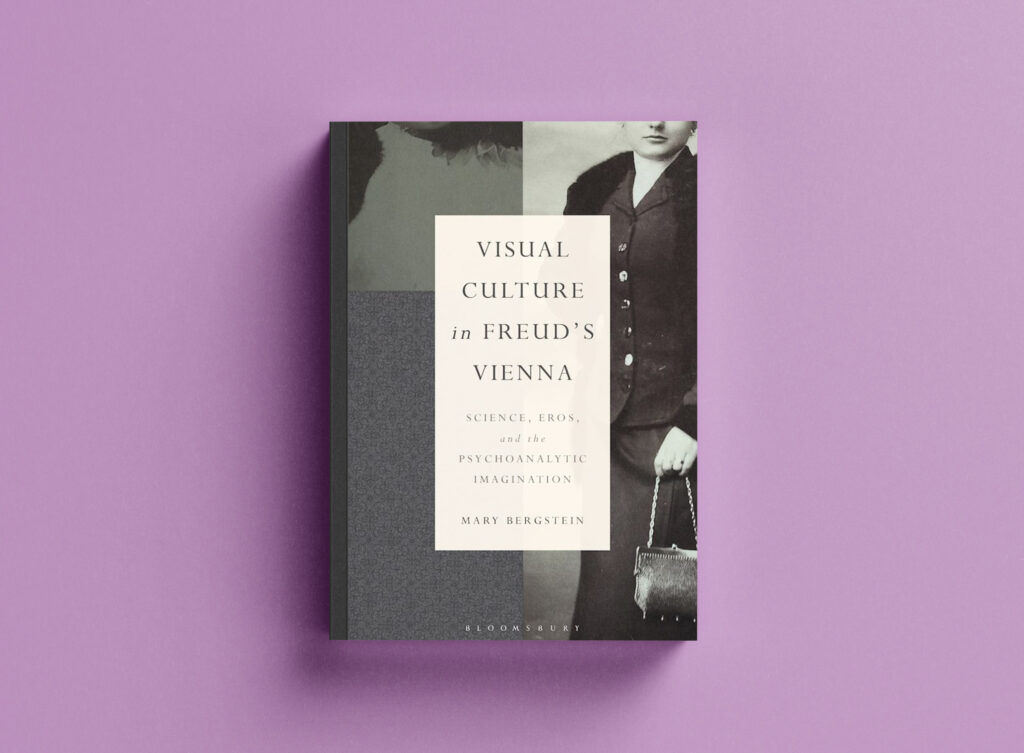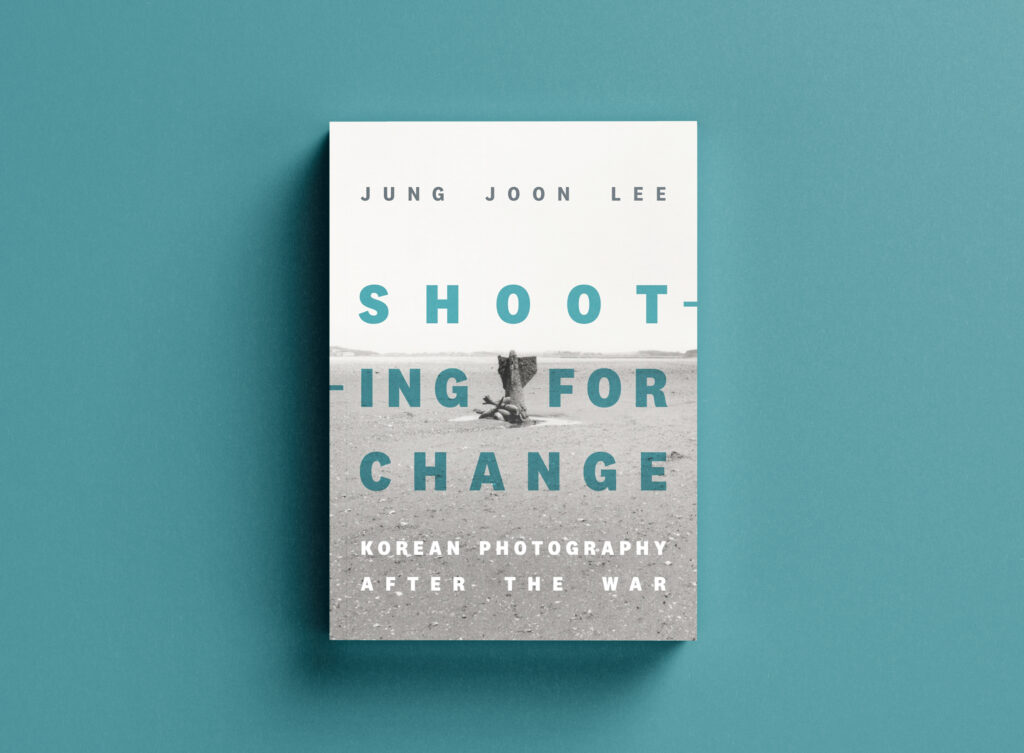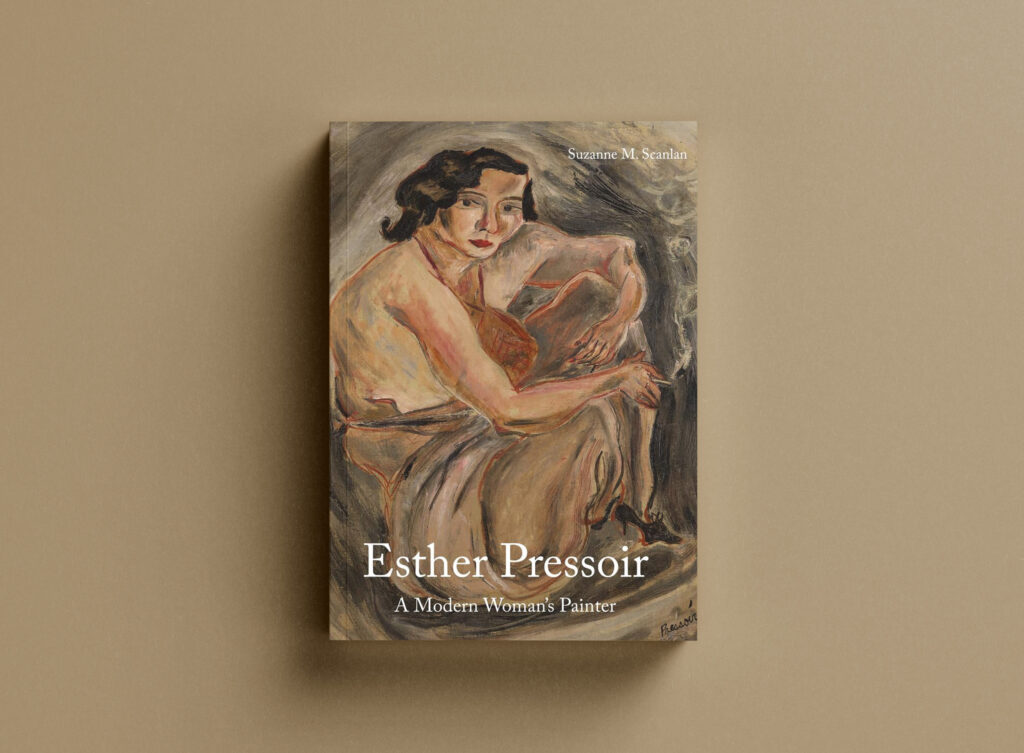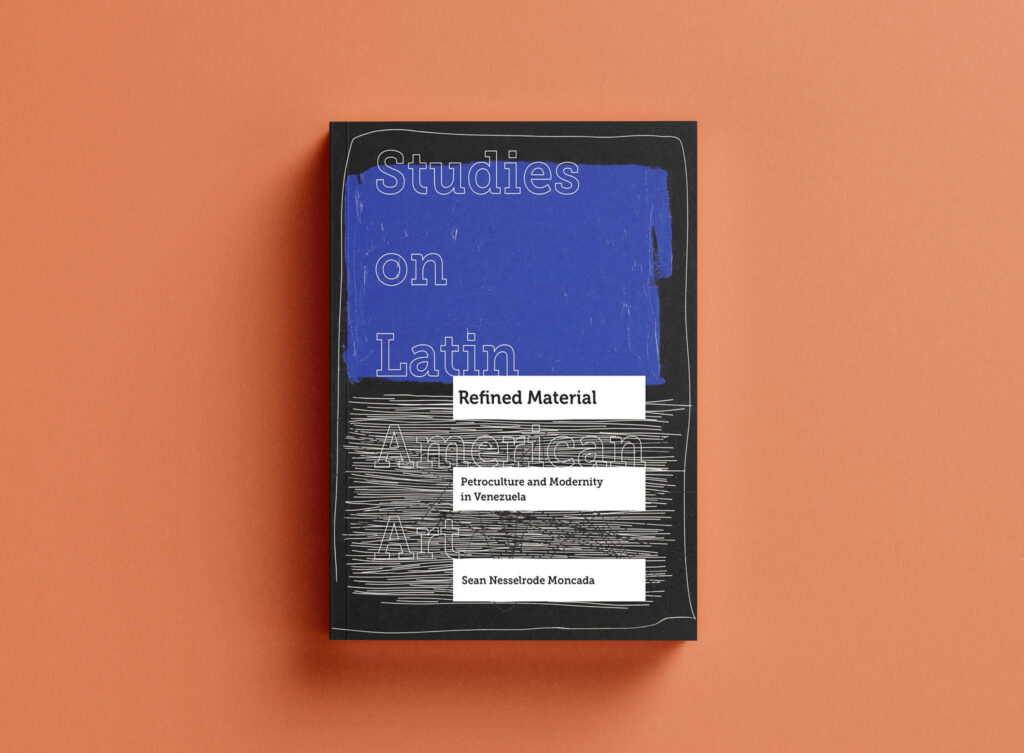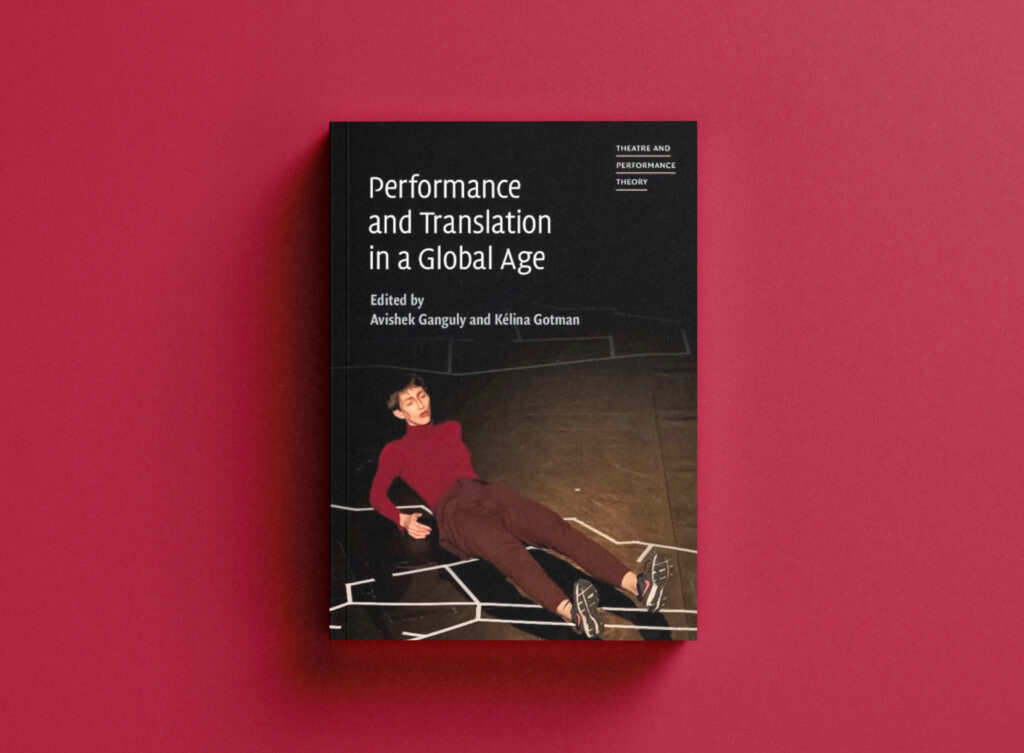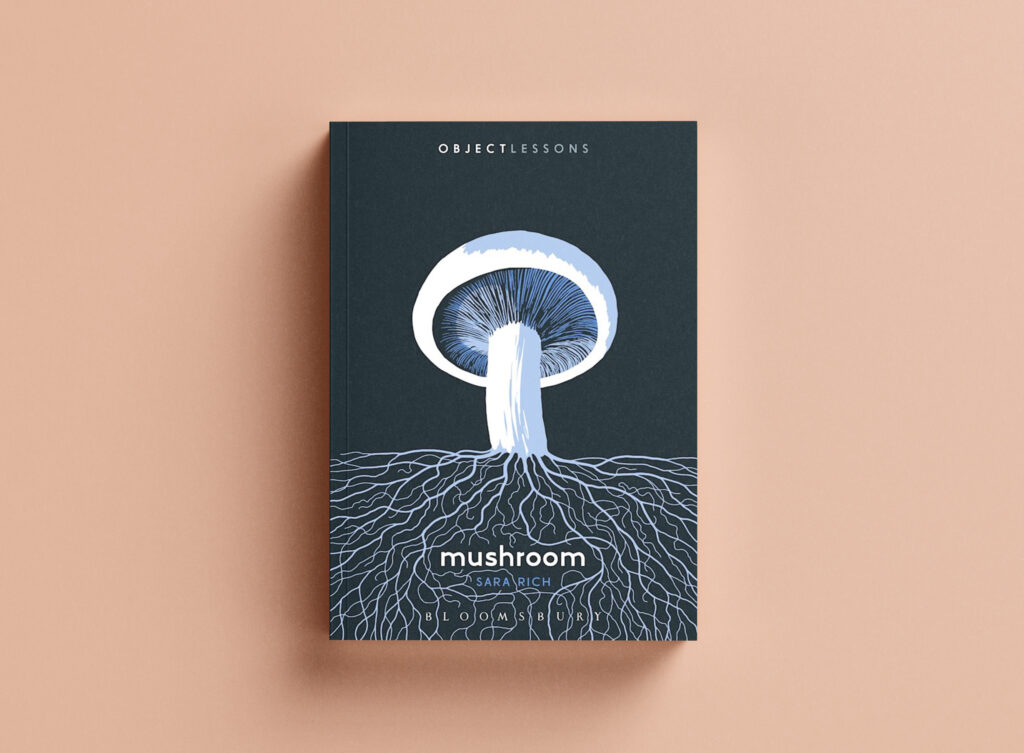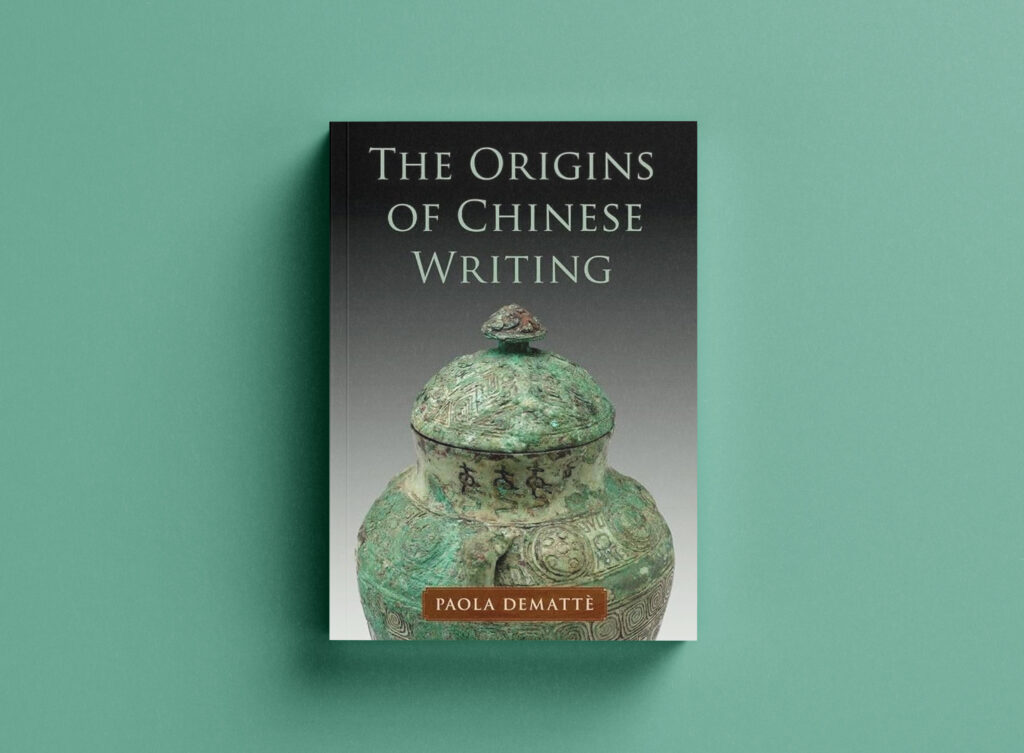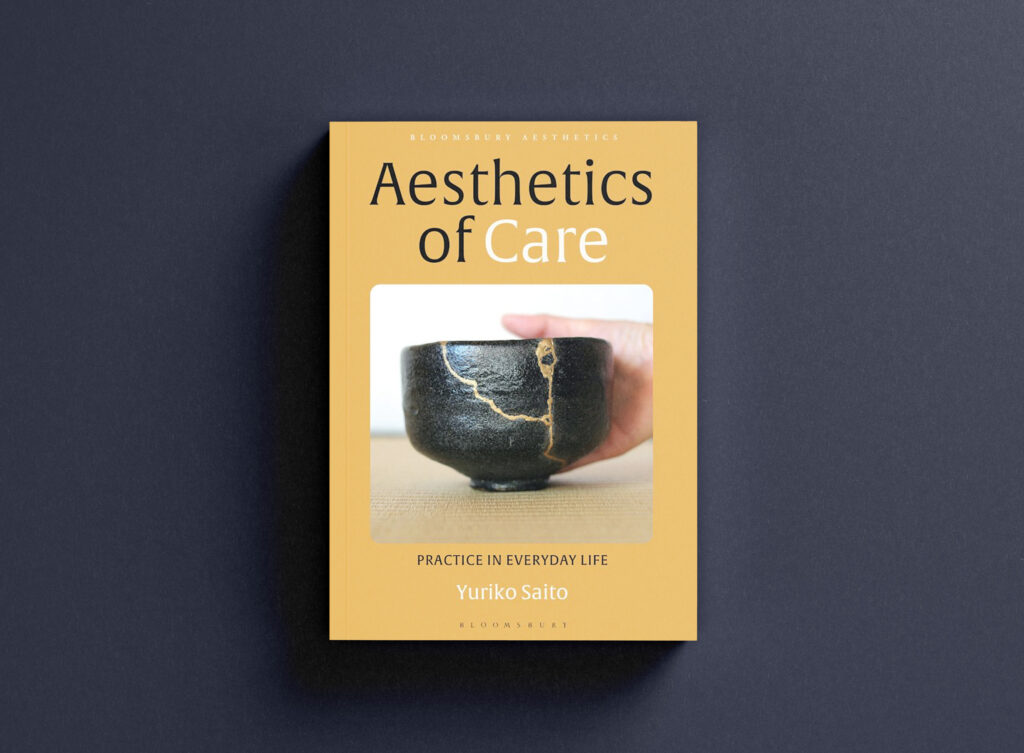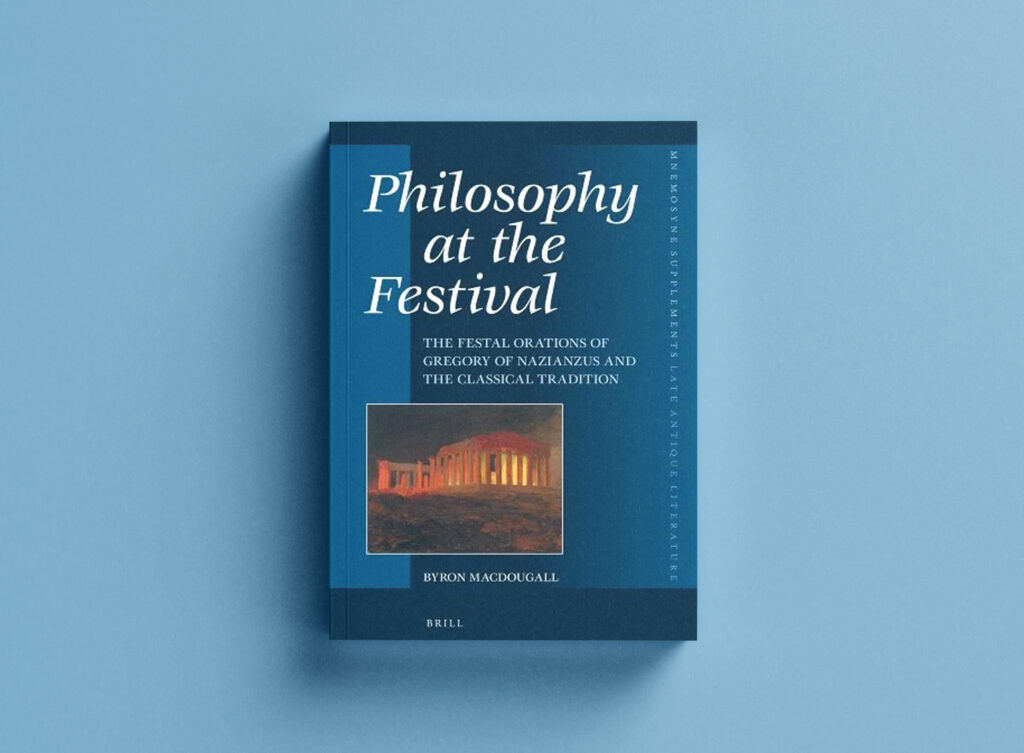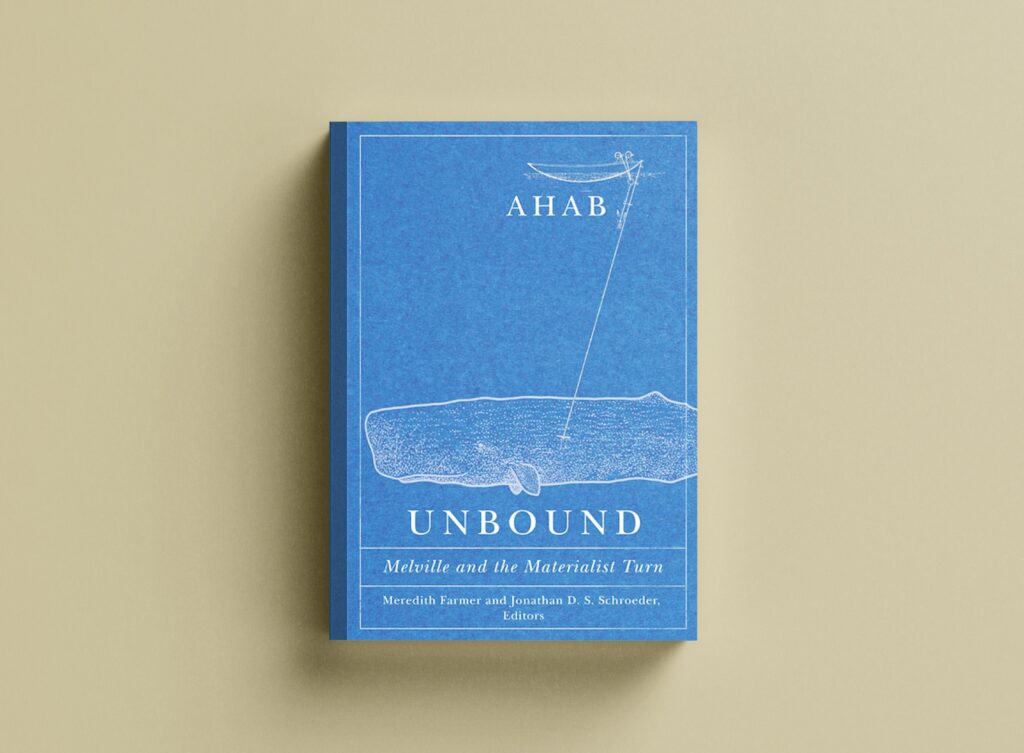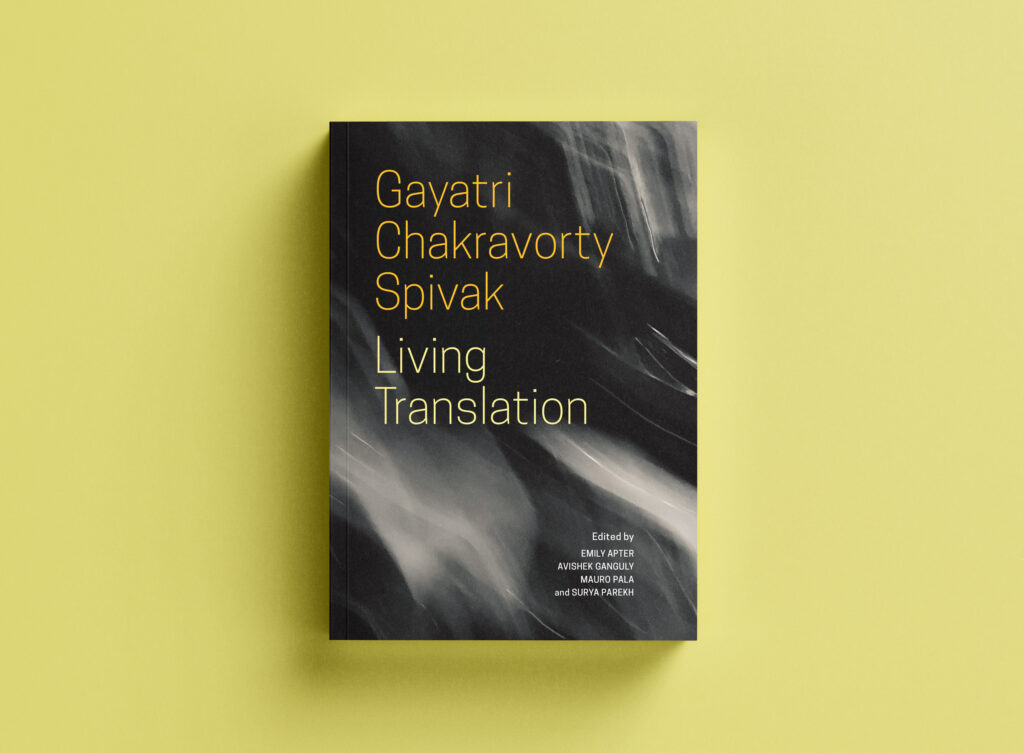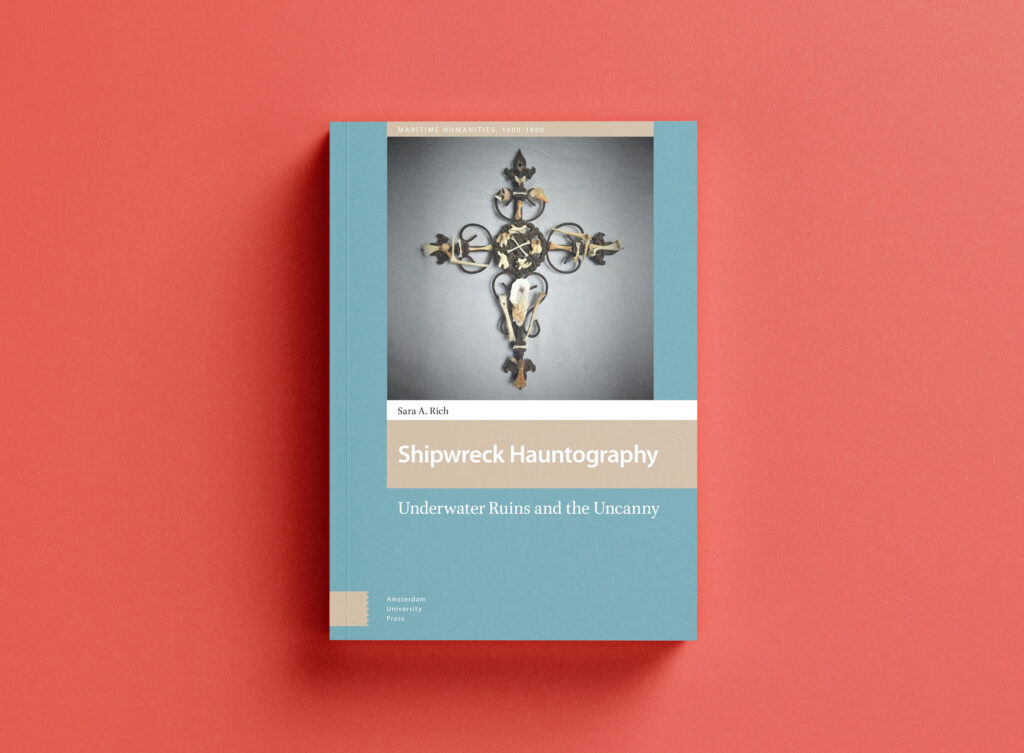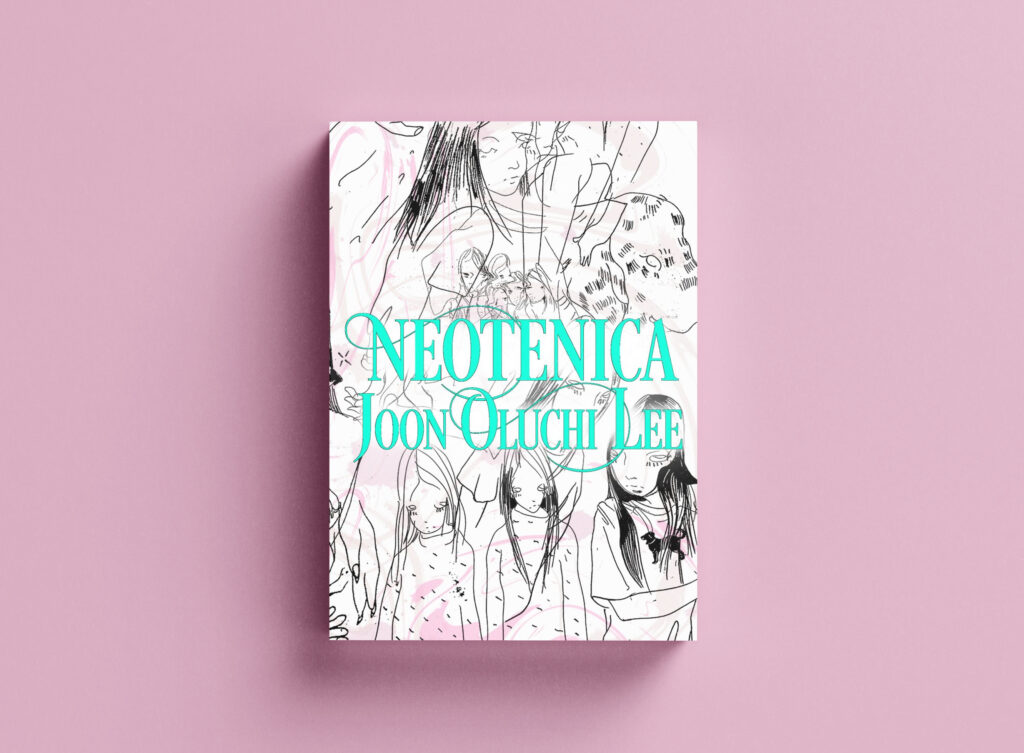Liberal Arts
Faculty Bookshelf
The Liberal Arts faculty at RISD engage in a broad spectrum of scholarly work across the humanities and social sciences, contributing to key conversations in fields ranging from art history and philosophy to cultural studies and political theory. Their publications reflect the depth and diversity of their expertise. All titles currently on display here are published after 2020 and are available for further exploration at the Fleet Library. Each book image links directly to the specific page for that book on the publisher’s website, providing detailed information and additional resources.
Hydropower Nation
Dams, Energy, and Political Changes in Twentieth-Century China
Xiangli Ding ╱ HPSS
Cambridge University Press, October 2024
China has the largest electricity generation capacity in the world today. Its number of large dams is second to none. Xiangli Ding provides a historical understanding of China’s ever-growing energy demands and how they have affected its rivers, wild species, and millions of residents. River management has been an essential state responsibility throughout Chinese history. In the industrial age, with the global proliferation of concrete dam technology, people started to demand more from rivers, particularly when required for electricity production. Yet hydropower projects are always more than a technological engineering enterprise, layered with political, social, and environmental meaning. Through an examination of specific hydroelectric power projects, the activities of engineers, and the experience of local communities and species, Ding offers a fresh perspective on twentieth-century China from environmental and technological perspectives.
Modernism’s Magic Hat:
Architecture and the Illusion of Development without Capital
Ijlal Muzaffar ╱ THAD
University of Texas Press, July 2024
In Modernism’s Magic Hat, Ijlal Muzaffar examines how modern architects and planners help resolve one of the central dilemmas of the mid-twentieth-century world order: how to make decolonization plausible without accounting for centuries of capital drain under colonial rule. In the years after World War II, architects and planners found extensive opportunities in new international institutions—such as the World Bank, the UN, and the Ford Foundation—and helped shape new models of global intervention that displaced the burden of change onto the inhabitants. Muzaffar argues that architecture in this domain didn’t just symbolically represent power, but formed the material domain through which new modes of power acquired sense. Looking at a series of architectural projects across the world, from housing in Ghana to village planning in Nigeria and urban planning in Venezuela and Pakistan, Muzaffar explores how architects and planners shaped new ideas of time, land, climate, and the decolonizing body, making them appear as sources of untapped value. What resulted, Muzaffar argues, is a widespread belief in spontaneous Third World “development” without capital, which continues to foreclose any global discussion of colonial theft.
The United States Governed by Six Hundred Thousand Despots
A True Story of Slavery; A Rediscovered Narrative, with a Full Biography
Edited by
Jonathan D. S. Schroeder / LAS
University of Chicago Press, May 2024
Lost on the other side of the world since 1855, the story of John Swanson Jacobs finally returns to America.
For one hundred and sixty-nine years, a first-person slave narrative written by John Swanson Jacobs—brother of Harriet Jacobs—was buried in a pile of newspapers in Australia. Jacobs’s long-lost narrative, The United States Governed by Six Hundred Thousand Despots, is a startling and revolutionary discovery. A document like this—written by an ex-slave and ex-American, in language charged with all that can be said about America outside America, untampered with and unedited by white abolitionists—has never been seen before. A radical abolitionist, sailor, and miner, John Jacobs has a life story that is as global as it is American. Born into slavery, by 1855, he had fled both the South and the United States altogether, becoming a stateless citizen of the world and its waters. That year, he published his life story in an Australian newspaper, far from American power and its threats. Unsentimental and unapologetic, Jacobs radically denounced slavery and the state, calling out politicians and slaveowners by their names, critiquing America’s founding documents, and indicting all citizens who maintained the racist and intolerable status quo.
Reproduced in full, this narrative—which entwines with that of his sister and with the life of their friend Frederick Douglass—here opens new horizons for how we understand slavery, race, and migration, and all that they entailed in nineteenth-century America and the world at large. The second half of the book contains a full-length, nine-generation biography of Jacobs and his family by literary historian Jonathan Schroeder. This new guide to the world of John Jacobs will transform our sense of it—and of the forces and prejudices built into the American project. To truly reckon with the lives of John Jacobs is to see with new clarity that in 1776, America embarked on two experiments at once: one in democracy, the other in tyranny.
Visual Culture in Freud’s Vienna:
Science, Eros, and the Psychoanalytic Imagination
Mary Bergstein ╱ THAD
Bloomsbury, March 2024
Visual Culture in Freud’s Vienna shows how photography and film in turn-of-the-century Vienna (the birthplace of psychoanalysis) not only reflected modernist ideas already in force, but helped to bring into being what might be referred to as a “psychoanalytic imagination.”
Mary Bergstein demonstrates that visual images not only illustrated, but also engendered ways of seeing social, psychological, and scientific ideas during a formative time in the creation and development of psychoanalysis and the modern age. Indeed, she argues that visual culture initiated significant aspects of psychoanalytic thought.
Visual Culture in Freud’s Vienna examines a variety of visual materials and texts, ranging from scientific illustrations to popular “low culture” and even forms of erotica, including film. Attention is also given to women’s dresses and shoes in a social context and as they are represented in photography and circulated as fetish objects.
Bergstein maintains a commitment to women’s history and feminist inquiry throughout, particularly in her final chapter, which is devoted to the representations of women in the erotic photography and film. Visual Culture in Freud’s Vienna is well illustrated with images drawn from the sources discussed and makes a significant contribution to our understanding of modernism and psychoanalysis.
Shooting for Change: Korean Photography after the War
Jung Joon Lee ╱ THAD
Duke University Press, March 2024
In Shooting for Change, Jung Joon Lee examines postwar Korean photography across multiple genres and practices, including vernacular, art, documentary, and archival photography. Tracing the history of Korean photography while considering what is disguised or lost by framing the history of photography through nationhood, Lee considers the role of photography in shaping memory of historical events, representing the ideal national family, and motivating social movements. Further, through an investigation of what it means to practice photography under the normalized conditions of militarism, Lee treats the transnational militarism of Korea as a lens through which to probe the officially and culturally sanctioned readings of images when returning to them at different times. Among other themes, Lee draws on photography of militarized sex work, political protest in the military era, war orphans, and mass protests. Ultimately, Lee treats the formative periods in nation building and transnational militarization as both backdrops and cultivators for photographic works.
Esther Pressoir: A Modern Woman’s Painter
Suzanne M. Scanlan ╱ THAD
Lund Humphries, February 2024
Esther Pressoir: A Modern Woman’s Painter situates Esther Estelle Pressoir’s body of work within the effervescent art scene of the early 20th century, both in America and abroad. The first book to present the wide-ranging oeuvre of this American modernist, it covers the span of Pressoir’s long life (1902-86) with a particular focus on the interwar decades (1920-40). Coming of age in the 1920s, Stella, as she was known to her friends, cast off societal expectations of a working-class immigrant family in New England and moved through the studios, galleries, and nightclubs of New York. Following an unprecedented 18,000 km bicycle trip across Europe in 1927, where she kept a daily journal and made hundreds of sketches, Pressoir developed an expressionistic style that straddled figuration and abstraction. She made provocative renderings of the female nude that challenged historical models, including unabashed self-portraits and intimate depictions of her longtime model, muse, and lover, a black dancer from Harlem named Florita. Pressoir’s work is illuminated here in an examination of her private travel journal, letters, and numerous paintings, prints and drawings, some of which were recovered from the veritable time capsule of her art studio after she died.
Placing Pressoir’s work in relation to trailblazing contemporaries such as Alice Neel, Florine Stettheimer and Suzanne Valadon, this book establishes Pressoir as a force to be reckoned with in the decades of emergent feminism and modern art in America and restores her to her rightful place in the expanding canon of art and women’s histories.
Refined Material:
Petroculture and Modernity in Venezuela
Sean Nesselrode Moncada ╱ THAD
University of California Press, August 2023
Venezuela’s turbulent twentieth century saw boom and bust as the former Spanish colony transformed into a major postwar cultural player. In this sweeping study of visual and material production, Sean Nesselrode Moncada explores the integral relationship between the global oil industry and the celebrated rise of geometric abstraction, kinetic art, and modern architecture in midcentury Venezuela. Oil provided the crucible for national reinvention, ushering in a period of dizzying optimism and bitter disillusion as artists, architects, graphic designers, activists, and critics sought to define the terms of modernity. An innovative, transdisciplinary reevaluation of Venezuelan modernism, Refined Material reveals how the logic of refinement conditioned the terms of development and redefined our relationship to nature, matter, and one another.
Performance and Translation in a Global Age
Co-edited by
Avishek Ganguly ╱ LAS
Cambridge University Press, August 2023
This global overview of how translation is understood as a performative practice across genres, media and disciplines illuminates the broad impact of the ‘performance turn’ in the arts and humanities. Combining key concepts in comparative literature, performance studies and translation theory, the volume provides readers with a dynamic account of the ways in which these fields fruitfully interact. The chapters display interdisciplinary thinking in action across a wide spectrum of performance practices and media from around the world, from poetry and manuscripts to theatre surtitles, audio description, archives, installations, dialects, movement and dance. Paying close attention to questions of race, gender, sexuality, embodiment and accessibility, the collection’s rich array of methodological approaches and experiments with scholarly writing demonstrate how translation as a performative practice can enrich our understanding of language and politics.
Niki: A Novel
By Christos Chomenidis
Translated by
Patricia Felisa Barbeito ╱ LAS
Other Press, June 2023
Born in 1938, Niki, the daughter of the deputy secretary general of the Greek Communist Party, is swept up in turmoil before her first birthday: her parents are arrested, and she joins her mother in exile on an island near Santorini. Growing up, she experiences the Italian and German invasion, the Nazi occupation, and the civil war that came after, often caught between her socialist values and those of the right-wing establishment, to which half her relatives belong.
Through her memories and the stories of her family, with roots on both coasts of the Aegean Sea, Niki also tells the history of Greece and Asia Minor from the late nineteenth century to the middle of the twentieth. Her remarkable tales, full of humor and verve in spite of hardship, are populated by working-class heroes, privileged elites, daring revolutionaries, and free-spirited bohemians.
Mushroom
Sarah Rich ╱ THAD
Bloomsbury, January 2023
Object Lessons is a series of short, beautifully designed books about the hidden lives of ordinary things.
They are the things we step on without noticing and the largest organisms on Earth. They are symbols of inexplicable growth and excruciating misery. They are grouped with plants, but they behave more like animals. In their inscrutability, mushrooms are wondrous organisms.
The mushroom is an ordinary object whose encounters with humans are usually limited to a couple of species prepackaged at the grocery store. This book offers mushrooms as much more than a pasta ingredient or trendy coffee alternative. It presents these objects as the firmament for life as we know it, enablers of mystical traditions, menders of minds lost to depression. But it acknowledges, too, that this firmament only exists because of death and rot.
Rummaging through philosophical, literary, medical , ecological , and anthropological texts only serves to confirm what the average forager already knows: that mushrooms are to be regarded with a reverence deserving of only the most powerful entities: those who create and destroy, and thrive on both.
Object Lessons is published in partnership with an essay series in The Atlantic.
The Origins of Chinese Writing
Paola Demattè ╱ THAD
Oxford University Press, November 2022
This study explores the evidence for Chinese writing in the late Neolithic (3500-2000 BCE) and early Bronze Age (2000-1250 BCE) periods. Chinese writing is often said to have begun with little incubation during the late Shang period (c. 1300-1045 BCE) in the middle-lower Yellow River Valley area as a sudden independent invention. This explanation runs counter to evidence from Mesopotamia, Egypt, and Mesoamerica that shows that independent developments of writing generally undergo a protracted evolution. It also ignores archaeological data from the Chinese Neolithic and early Bronze Age that reveals the existence of signs comparable to Shang characters.
Paola Demattè takes this data into account to address the issue of what writing is, and when, why, and how it develops, by employing a theory of writing that does not privilege language as a prime mover. It focuses instead on visual systems of communication as well as ideological and socio-economic developments as key elements that promote the eventual development of writing. To understand the processes that led to primary developments of writing, The Origins of Chinese Writing draws from the latest research on the early writing systems of Mesopotamia, Egypt, and Mesoamerica, and other forms of protowriting. The result is a novel and inclusive theoretical approach to the archaeological evidence, grammatological data, and textual sources, an approach that demonstrates that Chinese writing emerged out of a long process that began in the Late Neolithic and continued during the Early Bronze Age.
The Industrial Ephemeral: Labor and Love in Indian Architecture and Construction
Namita Vijay Dharia ╱ HPSS
University of California Press, July 2022
What transformative effects does a multimillion-dollar industry have on those who work within it? The Industrial Ephemeral presents the untold stories of the people, politics, and production chains behind architecture, real estate, and construction in areas surrounding New Delhi, India. The personal histories of those in India’s large laboring classes are brought to life as Namita Vijay Dharia discusses the aggressive environmental and ecological metamorphosis of the region in the twenty-first century. Urban planning and architecture are messy processes that intertwine migratory pathways, corruption politics, labor struggle, ecological transformations, and technological development. Rampant construction activity produces an atmosphere of ephemerality in urban regions, creating an aesthetic condition that supports industrial political economy. Dharia’s brilliant analysis of the sensibilities and experiences of work lends visibility to the struggle of workers in an era of growing urban inequality.
Aesthetics of Care:
Practice in Everyday Life
Yuriko Saito ╱ HPSS
Bloomsbury, July 2022
Building upon her previous work on everyday aesthetics, Yuriko Saito argues in this book that the aesthetic and ethical concerns are intimately connected in our everyday life. Specifically, she shows how aesthetic experience embodies a care relationship with the world and how the ethical relationship with others, whether humans, non-human creatures, environments, or artifacts, is guided by aesthetic sensibility and manifested through aesthetic means.
Weaving together insights gained from philosophy, art, design, and medicine, as well as artistic and cultural practices of Japan, she illuminates the aesthetic dimensions of various forms of care in our management of everyday life. Emphasis is placed on the experience of interacting with others including objects, a departure from the prevailing mode of aesthetic inquiry that is oriented toward judgment-making from a spectator’s point of view. Saito shows that when everyday activities, ranging from having a conversation and performing a care act to engaging in self-care and mending an object, are ethically grounded and aesthetically informed and guided, our experiences lead to a good life.
Philosophy at the Festival: The Festal Orations of Gregory of Nazianzus and the Classical Tradition
Byron MacDougall ╱ LAS
Brill, July 2022
Before serving as Bishop of Constantinople and becoming known to posterity as “the Theologian”, Gregory of Nazianzus was an Athens-trained professional teacher of Greek literature. Steeped in the rhetorical culture of the Second Sophistic, his orations for Christian feasts such as Christmas and Pentecost belong to a Classical tradition that privileged the performance of philosophy at festivals. Widely copied and translated, they were instrumental in Gregory becoming one of the most popular and influential authors in Byzantium. This book shows how his orations represent a crucial point in the Late Antique reception of Platonism, rhetorical theory, and ancient festival culture.
Ahab Unbound: Melville and the Materialist Turn
Co-edited by
Jonathan D. S. Schroeder / LAS
University of Minnesota Press, April 2022
Herman Melville’s Captain Ahab is perennially seen as the paradigm of a controlling, tyrannical agent. Ahab Unbound leaves his position as a Cold War icon behind, recasting him as a contingent figure, transformed by his environment—by chemistry, electromagnetism, entomology, meteorology, diet, illness, pain, trauma, and neurons firing—in ways that unexpectedly force us to see him as worthy of our empathy and our compassion.
In sixteen essays by leading scholars, Ahab Unbound advances an urgent inquiry into Melville’s emergence as a center of gravity for materialist work, reframing his infamous whaling captain in terms of pressing conversations in animal studies, critical race and ethnic studies, disability studies, environmental humanities, medical humanities, political theory, and posthumanism. By taking Ahab as a focal point, we gather and give shape to the multitude of ways that materialism produces criticism in our current moment. Collectively, these readings challenge our thinking about the boundaries of both persons and nations, along with the racist and environmental violence caused by categories like the person and the human.
Ahab Unbound makes a compelling case for both the vitality of materialist inquiry and the continued resonance of Melville’s work.
Gayatri Chakravorty Spivak:
Living Translation
Co-edited by
Avishek Ganguly ╱ LAS
Seagull Press, 2022
Living Translation offers a powerful perspective on the work of distinguished thinker and writer Gayatri Chakravorty Spivak, revealing how, throughout her long career, she has made translation a central concern of the comparative humanities.
Starting with her landmark “Translator’s Preface” to Jacques Derrida’s Of Grammatology in 1976, and continuing with her foreword to Mahasweta Devi’s Draupadi and afterword to Devi’s Chotti MundaandHis Arrow, Spivak has tackled questions of translatability. She has been interested in interrogating the act of translation from the ground up and at the political limit. She sees at play at border checkpoints, at sites of colonial pedagogy, in acts of resistance to monolingual regimes of national language, at the borders of minor literature and schizo-analysis, in the deficits of cultural debt and linguistic expropriation, and, more generally, at theory’s edge, which is to say, where practical criticism yields to theorizing in untranslatables. This volume also addresses how Spivak’s institution-building as director of comparative literature at the University of Iowa—and in her subsequent places of employment—began at the same time. From this perspective, Spivak takes her place within a distinguished line-up of translator-theorists who have been particularly attuned to the processes of cognizing in languages, all of them alive to the coproductivity of thinking, translating, writing.
Shipwreck Hauntography:
Underwater Ruins and the Uncanny
Sarah Rich ╱ THAD
Amsterdam University Press, September 2021
Drawing on a broad theoretical range from speculative realism to feminist psychoanalysis and anti-colonialism, this book represents a radical departure from traditional scholarship on maritime archaeology. Shipwreck Hauntography asserts that nautical archaeology bears the legacy of Early Modern theological imperialism, most evident through the savior-scholar model that resurrects—physically or virtually—ships from wrecks. Instead of construing shipwrecks as dead, awaiting resurrection from the seafloor, this book presents them as vibrant if not recalcitrant objects, having shaken off anthropogenesis through varying stages of ruination. Sara Rich illustrates this anarchic condition with ‘hauntographs’ of five Age of ‘Discovery’ shipwrecks, each of which elucidates the wonder of failure and finitude, alongside an intimate brush with the eerie, horrific, and uncanny.
Neotenica (Novel)
Joon Oluchi Lee / LAS
Nightboat Books, 2020
Neotenica is a novel of encounters: casual sex, arranged-marriage dates, cops, rowdy teenagers, lawyers, a Sapphic flirtation, a rival, a child, and two important dogs. At the center of it are Young Ae, a Korean-born ballet dancer turned PhD student, and her husband, a Korean-American male who inhabits an interior femininity, neither transgender nor homosexual, but a strong, visceral femininity nonetheless. This novel is an adrenaline-filled ride sliding across the surface of desire and chance through the quotidian turned playful.
Fabric of Immortality: Ancestral Power, Performance, and Agency in Egungun Artistry
Bolaji Campbell / THAD
Africa World Press & The Red Sea Press, 2020
Fabric of Immortality focuses on Egungun masking, a unique cultural tradition practiced by the Yoruba of West Africa and their descendants in the African Diaspora, particularly in Brazil, Cuba, the Dominican Republic, Barbados, Trinidad, Venezuela and the United States of America.
Egungun performances provide a vehicle and arena for dialogic reflections and celebrations, parody and play, and communication between the living and the departed, the seen and the unseen, upon which the stability of the human community and the universe is dependent. A great many varieties of these masks celebrate the guild of hunters and warriors, legendary heroes and heroines and founding ancestors including the legion of divinities straddling the landscape of Yoruba universe.

